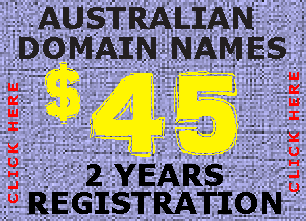Evidence of human activity in South Australia dates back as far as 20,000 years ago. With flint mining activity and rock art in the Koonalda Cave on the Nullarbor Plain. In addition wooden spears and tools were made in an area now covered in peat bog in the South East. Kangaroo Island was inhabited long before the island was cut off by rising sea levels.
The first recorded European sighting of the South Australian coast was in 1627 when the Dutch ship the Gulden Zeepaert, captained by Francois Thijssen, examined the coastline. Thijssen named his discovery “Pieter Nuyts Land”, after the highest ranking individual on board.
The coastline of South Australia was first mapped by Matthew Flinders and Nicolas Baudin in 1802. The land which now forms the state of South Australia was claimed for Britain in 1788 as part of the colony of New South Wales. Although the new colony included almost two thirds of the continent, early settlements were all on the eastern coast and only a few intrepid explorers ventured this far west.
It took more than forty years before any serious proposal to establish settlements in the south-western portion of New South Wales were put forward. In 1834, the British Parliament passed the South Australia Act 1834 (Foundation Act), which enabled the province of South Australia to be established.
The act stated that 802,511 square kilometres (309,851 sq mi) would be allotted to the colony and it would be convict-free. In contrast to the rest of Australia, terra nullius did not apply to the new province. The Letters of Patent attached to the Act acknowledged Aboriginal ownership and stated that no actions could be undertaken that would affect the rights of any Aboriginal natives of the said province to the actual occupation and enjoyment in their own persons or in the persons of their descendants of any land therein now actually occupied or enjoyed by such natives. Although the patent guaranteed land rights under force of law for the indigenous inhabitants it was ignored by the South Australian Company authorities and squatters.
Settlement of seven vessels and 636 people was temporarily made at Kingscote on Kangaroo Island, until the official site of the colony was selected where Adelaide is currently located. The first immigrants arrived at Holdfast Bay (near the present day Glenelg) in November 1836, and the colony was proclaimed on 28 December 1836, now known as Proclamation Day. South Australia is the only Australian state to be settled entirely by free settlers.
The plan for the colony was that it would be the ideal embodiment of the best qualities of British society, that is, no religious discrimination or unemployment and, as it was believed that this would also result in very little crime, no provision was made for a gaol. In early 1838 the colonists became concerned after it was reported that convicts who had escaped from the eastern states may make their way to South Australia. The South Australia Police was formed later that year to protect the community and enforce government regulations and the first gaol, a two roomed hut, was opened on 1 January 1839.
The current flag of South Australia was adopted on 13 January 1904, and is a British blue ensign defaced with the state badge. The badge is described as a Piping Shrike with wings outstretched on a yellow disc. The state badge is believed to have been designed by Robert Craig of Adelaide’s School of Design.
South Australia granted restricted women’s suffrage in 1861, and in 1895 became the second place in the world to grant universal suffrage (after New Zealand), and the first where women had the dual rights to vote and to stand for election.
Content from this page is drawn from Here.

